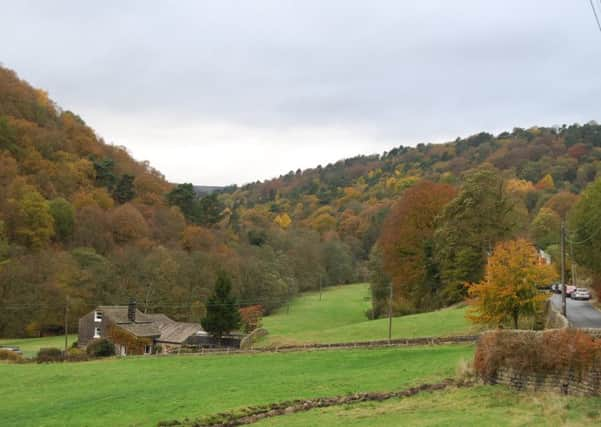Power of nature to be harnessed to protect homes from flooding


Led by the National Trust, a wide-ranging two-year programme of work is under way at Hardcastle Crags, Gorpley Reservoir and Wessenden Valley, part of Marsden Moor, in response to the 2015 Boxing Day floods which devastated communities in Calderdale.
The £2.6m scheme represents one of the biggest investments of its kind to date in England and the second largest undertaken nationally by the National Trust.
Advertisement
Hide AdAdvertisement
Hide AdUltimately, the project is intended to reduce flood risk to more than 3,000 homes and businesses in and around Todmorden, Hebden Bridge and Marsden.
Various natural methods will be used to slow the flow of water running through the Colne and Calder river catchment areas in order to bolster flood protection in the surrounding area.
Nearly 375 acres of new woodland will be planted at Yorkshire Water’s Gorpley Reservoir and in the Wessenden Valley which is managed by the National Trust.
A total of 210 acres of peat bogs, heath and moor grass will be restored, and more than 650 “leaky dams” will be built with materials gathered from a programme of tree felling that started at Hardcastle Crags last autumn as part of a 10-year management plan for the site.
Advertisement
Hide AdAdvertisement
Hide AdNearly 3,300 yards of bundles of brushwood will be dug in to stabilise stream banks and slopes, and new areas of land will be fenced off for “sustainable grazing” by sheep and cattle.
Craig Best, a countryside manager for the National Trust in West Yorkshire, said the value of natural flood management methods was increasingly being recognised.
“The combination of work we’re planning here of both new habitat creation and landscape restoration will, once things have become established, help
absorb significant amounts of water to help slow the flow of water heading downstream towards
towns and villages when we
experience heavy rain,” Mr Best said.
Advertisement
Hide AdAdvertisement
Hide AdUpland birds such as curlew and twite, and bog plants such as hare’s tail cottongrass and sphagnum, are expected to thrive as a result of the work.
The project’s development has been informed by the successful Slowing the Flow scheme in Pickering and a similar National Trust scheme at the Holnicote Estate in Somerset.
The work will be monitored by Leeds University to guide other future schemes, including the National Trust’s Riverlands programme which is being developed to bring together communities and organisations to protect local waters, habitats and wildlife across England and Wales.